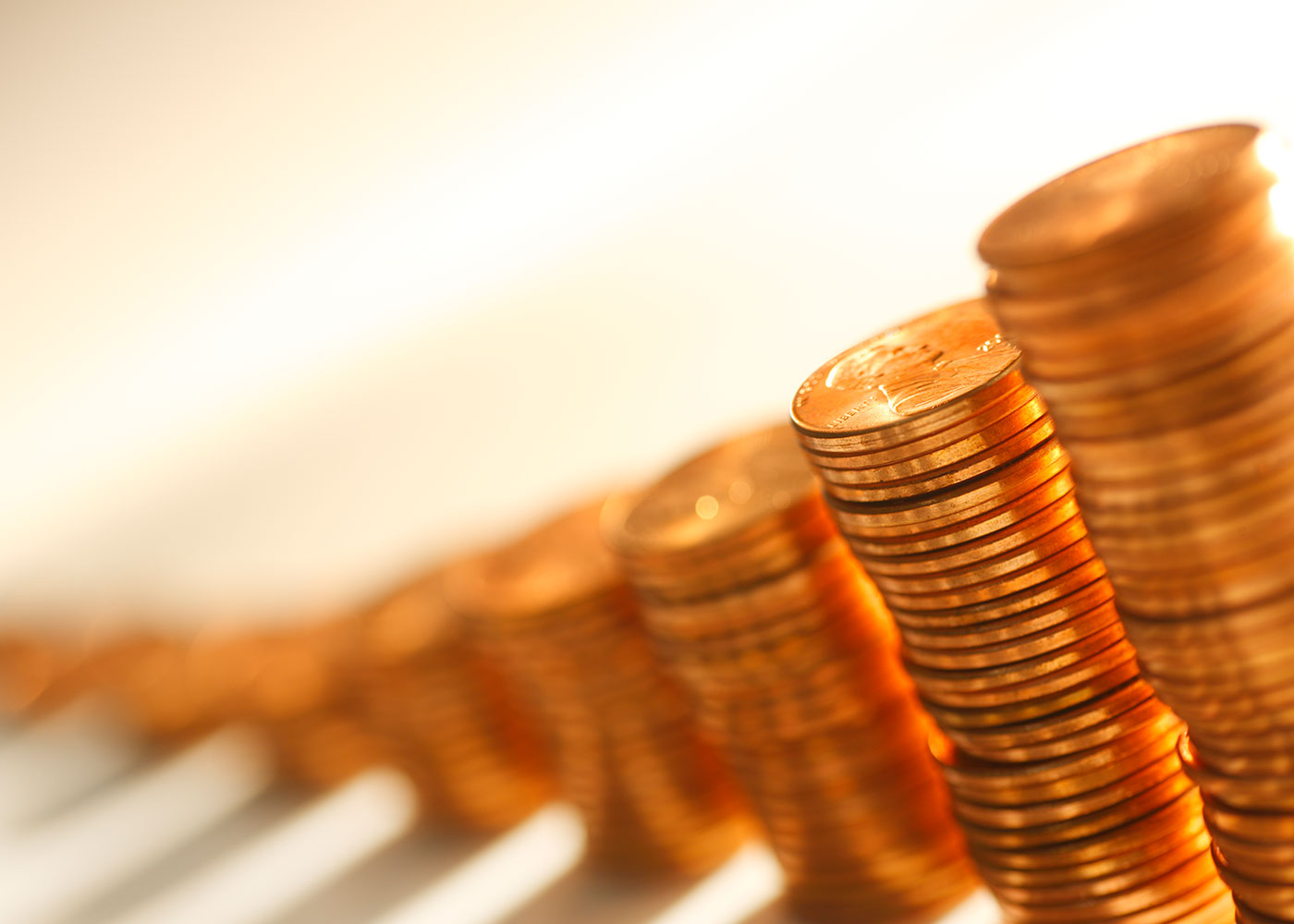
Investment Strategy: The Power of Compound Interest
Terry Herr, CFP®, CLU
Compound interest has been dubbed the "eighth wonder of the world." Benjamin Franklin held a similar fascination with compound interest, using it to create endowments for the cities of Boston and Philadelphia that are still paying out. What is it about compound interest that drew the attention of these geniuses, and what separates it from other forms of interest?
Simple interest only generates interest on the principal. In other words, if you had $1,000 in an account paying 5% simple interest, it would generate $50 of interest over a year. Next year, it would only yield another $50 because it's only earning interest based on that initial $1,000 deposit (a.k.a., the principal).
Compound interest, on the other hand, generates interest on both the principal and any interest earned over time.1 The $1,000 account that pays compound interest will generate the same $50 in the first year, but in year two, it would generate $52.50. Five-percent (5%) of the original $1000 plus five-percent (5%) of the $50 earned in year one.

For savers, it means earning interest on your original principal—plus on the interest your investment generates. Compound interest is sometimes described as “interest on interest” because earned interest essentially gets added to the principal over time. Savings vehicles such as certificates of deposit typically pay compound interest.3 Compound interest favors those who save early, and often!
In some cases, compound interest can take your investment further. For example, if you had $20,000 and divided it among two investments—one offering 10% simple interest and the other offering 10% compound interest—you'd see far greater returns over the next three decades with the compound interest investment. The investment offering simple interest would earn you an additional $30,000 over that 30-year period. Meanwhile, the compound interest would earn you an additional $164,494.2
While that's great for your savings or checking account, compound interest can be a disadvantage. One example of this is credit card debt. For borrowers, interest is being calculated on your unpaid balance, plus on previous interest charges left unpaid. This is how credit card debt can balloon if left unchecked.3

RULE OF 72
You can use the Rule of 72 to approximate how much an amount would grow over a time period. Let’s say you wanted to set aside $5,000. How long will it take to double your money at 2% interest?
Using the Rule of 72: We know that 72÷2=36, so $5,000 would double to $10,000 during our 36-year time frame. Using Investor.gov compound interest calculator: The result is pretty close. The calculator shows $5,000 would be worth about $10,200 after 36 years.
How long will it take to double your money at 8% interest? About 9 years. (72 ÷ 8 = 9)
While there are many advantages when compound interest is calculated in your favor, it's also important to remember that not every investment opportunity will provide this option. For this reason, it's important to keep your eye out for these opportunities when they arise.
- https://www.forbes.com/advisor/investing/compound-interest/
- https://www.fool.com/investing/how-to-invest/stocks/compound-interest/
- Source: Federal Reserve Bank St Louis
This content is developed from sources believed to be providing accurate information. It may not be used for the purpose of avoiding any federal tax penalties. Please consult legal or tax professionals for specific information regarding your individual situation. The opinions expressed and material provided are for general information, and should not be considered a solicitation for the purchase or sale of any security.

